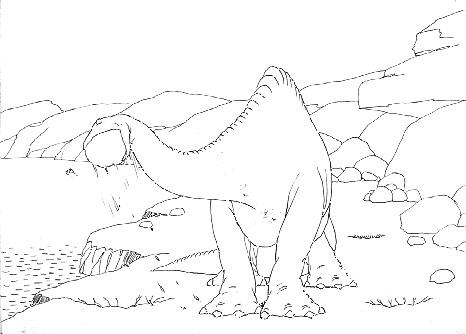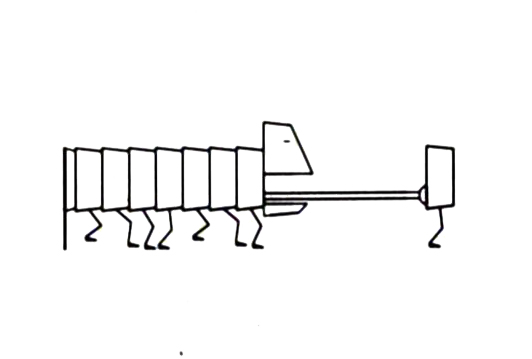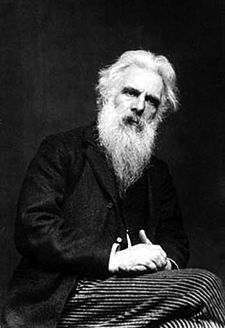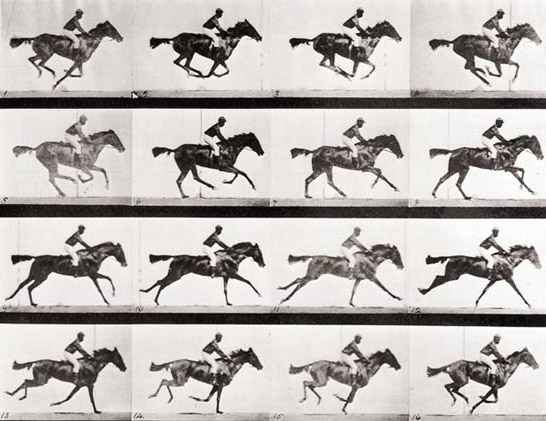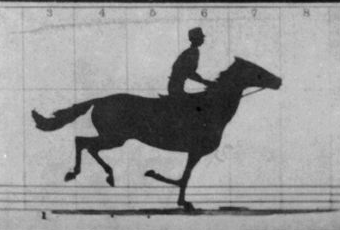CSE5910 : Multimedia Programming in Java
Lecture : Digital Movies and Animation
In the previous lecture:
In this lecture:
- Animation: What's it good for? How do you make it?
- A brief look at sound as it relates to video/animation
- How do you digitize video/animation for electronic playback and editing?
References:
Here's a page of animation visual references. There are more mentioned throughout these lecture notes. The best thing to do to improve your work (besides practice) is to watch lots of animation and film (reading about it is helpful too, but not as useful as watching it.)
Some sample reference books:
- Thomas, F., Johnston, O., The Illusion of Life, Disney Animation, Hyperion, 1981 (The character animator's Bible)
- Whitaker, H., Halas, J., Timing for Animation, Focal Press, 1981 (A good intro. to what the title says)
- Sibley, B., Wallace & Gromit, A Close Shave Storyboard Collection, BBC Books, 1997 (Good to flick through)
- Nielsen, J., Designing Web Usability: The Practice of Simplicity, New Riders, 2000 (An excellent book with some helpful remarks on animation for the WWW and lots of other good stuff)
- Lynch, P., Horton, S., Web Style Guide, Yale Univ. Press, 1999 (More useful tips on video and the WWW are in this book too!)
Gertie the Dinosaur was the first real animated character...
|
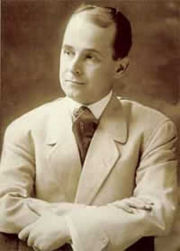 |
|
Gertie The Dinosaur, Windsor McCay (1914) [ movie] |
The Flexipede, Tony Pritchett (1967) |
The first computer animation made in Britain was The Flexipede (1967) by Tony Pritchett. The film was made on University of London's Atlas computer using its programming language Autocode.
Flexipede's soundtrack was produced using foley techniques. The film was first shown publicly at the Cybernetic Serendipity exhibition (1968), a ground-breaking show that presented a number of cybernetic and technologically oriented artworks.
Persistence of vision is the blending together by the eye/brain of rapidly displayed sequential images, giving the illusion of movement.
Animation is the process of creating images one at a time, to be displayed rapidly in sequence.
One way to generate a frame sequence is to set up a series of still-cameras and have them take a series of shots that can later be played back in sequence.
|
|
|
The Horse in Motion
by British photographer, Eadweard Muybridge (b.1830– d.1904).
|
The Horse in Motion by Eadweard Muybridge.
"Sallie Gardner" owned by Leland Stanford, 1878. |
This same principle was used in the film, The Matrix directed by the Wachowski brothers, to give an effect they called "bullet time".
|
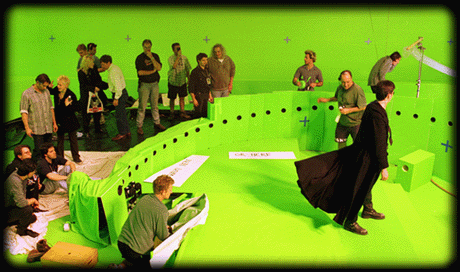 |
|
- Individual images forming an animation are called frames (after the frames on cinefilm).
- Frames may be shot in 'realtime' using a cine or video camera to make a film or video.
Animation or film frames must be stored for rapid, sequential retrieval and display if persistance of vision is to be relied upon for creating the illusion of movement.
- Cinema plays back frames at 24 fps, NTSC video at 30 fps, PAL video at 25 fps.
- A Quicktime or digital movie file played back at 12 fps is just about smooth enough to be acceptable.
|
Some storage media include:
- Cine frames / film
- Video frames / tape
- Flip-book pages
- Zoetrope cylinders
|
- Rotating disks
- Quicktime / MPEG movies
- GIF89a files
|
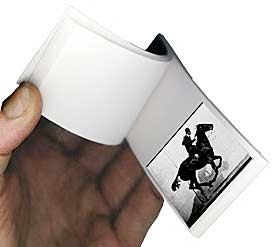 |
|
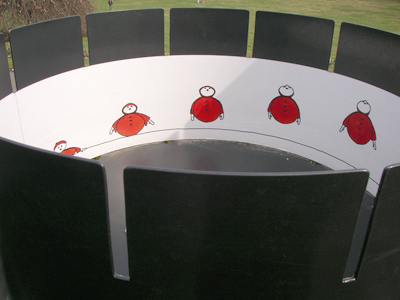
|
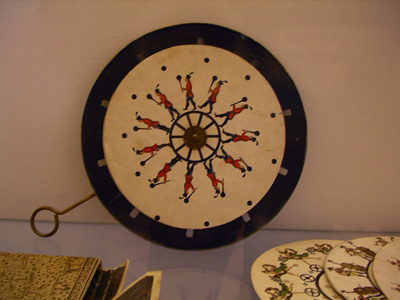 |
Zoetrope
(Geneva Museum of the History of the Sciences) |
Image disks
(Geneva Museum of the History of the Sciences) |
How can you create the images to be photographed, digitized or flipped through?
Live action:
- Real event / documentary
- Acted performance
Animation:
- Hand drawn / painted
 |
Multiple pictures are produced on paper, canvas, acetate 'cels' or anything else. These are photgraphed one at a time onto film. Eg. Astro Boy by Osamu Tezuka, Mickey Mouse by Walt Disney.
You can easily make this kind of animation by sketching onto pages in a folder or note book and scanning them into a computer. Include a "registration mark" on the pages to allow the scanned images to be properly lined up. |
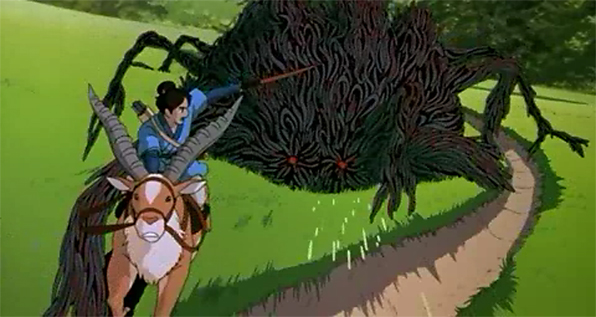 |
Some of the recent Japanese anime films are drawn by hand on a computer. Sometimes 3D computer animation is used but the images are rendered with what is called a "toon-shader" to give them a hand-drawn cartoon look. E.g. Mononoke Hime by Hayao Miyazaki uses a combination of computer graphics and hand drawn animation. |
- Directly marked onto film
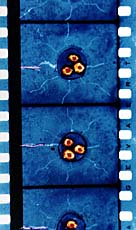 |
A strip of cinefilm is scratched, painted or drawn onto directly with pens and other implements. The result is played 'as is' through a cine-projector. There's no need for a camera!
Image credit: Linear Dreams, Richard Reeves [info. and movies] |
- Glass sheet / sand
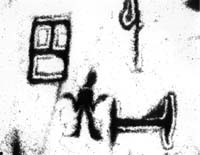 |
A sheet of glass is used as a board for depositing paint or sand. Each frame of the animation is produced, then photographed, then the next frame is constructed by pushing the paint (or sand) around on the glass, and so on. Each time the animator makes a new frame, the image/source for the previous frame is destroyed! There's no going back.
Image credit: Sandman, Eli Noyes [info.] |
- Stop-motion animation
| |
A figurine, ball of clay or other solid model is posed, photographed, moved a little and rephotographed ad-infinitum. If clay models are used, the process may also be called claymation. If models resting on a table are used, the process may be called table-top animation - nothing to do with table-top dancing! |
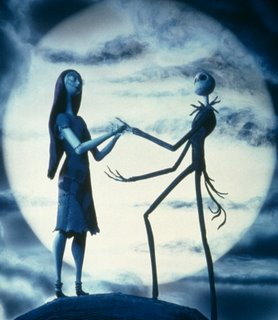 |
Image credits:
Left: The Nightmare Before Christmas by Tim Burton (stop-motion puppets)
Right: Wallace & Gromit by Nick Park (claymation characters) |
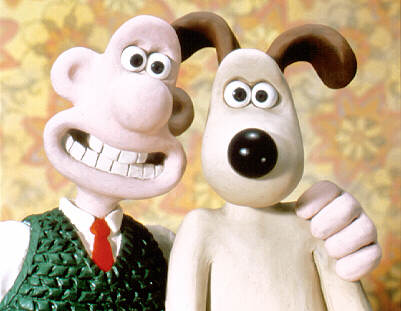 |
- Computer animation
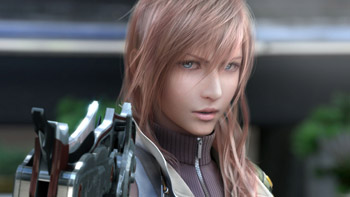 |
The computer is used to model objects and manipulate them in a 'virtual' space, producing images of the objects as they are manipulated. These images are deposited onto film. e.g. "Toy Story" & "A Bug's Life" by Pixar/Disney or kept in digital form and played back within the computer.
Image credit: Final Fantasy (game), Square USA. |
If you can see it and change its appearance, you can animate or film it!
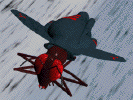 |
Storyboarding
A storyboard is a comic-book like version of an animation or film in which each picture frame corresponds to a single shot. |

- A shot is film-speak for a sequence of images / frames depicting a continuous action from one point of view.
- Storyboards are used as a working reference in film and animation creation.
- Storyboards contain visual representations of camera shots and often other relevant information.
- Problems can be solved in storyboarding without the expense of producing animation or shooting film.
- Storyboards are best produced with pencil and paper!
- Storyboard annotations:
Dialogue, sound effects and musical accompaniment that occur during a shot are described beneath it or within the relevant frame.
| Sound effects: |
Birds twitter in the background. Sheets rustle. |
| Sally: |
"Good morning" |
| Timothy: |
yawns loudly |
Information about shot length and camera movement can also be described in text to clarify the visual depictions
20 second zoom from wide, establishing shot of the city to the family kitchen window.
|
Lecture summary:
- Animation is very time consuming to make
- Animation can be made in a diverse range of ways
- Animation is a very effective medium for conveying a message
- Storyboards allow ideas to be tried out quickly
